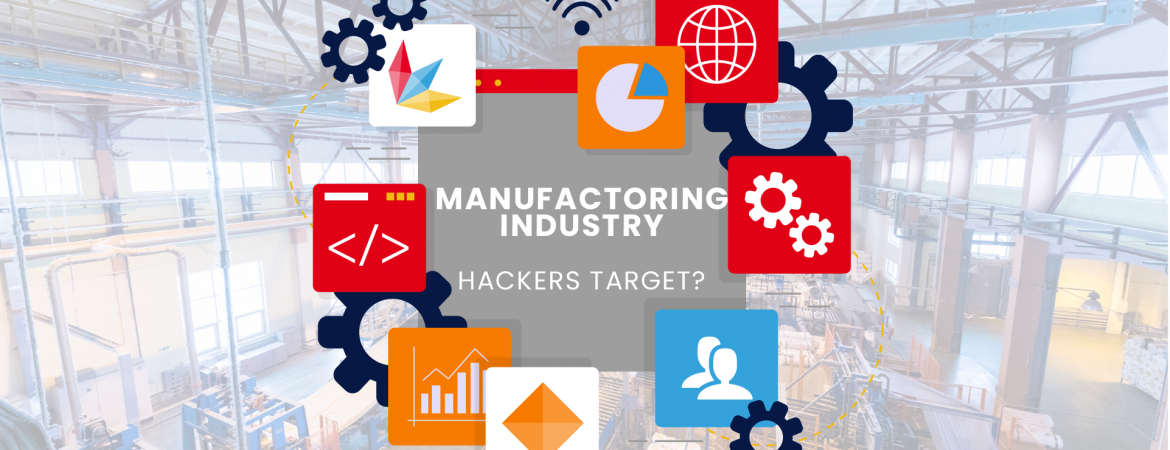When we think about the world of cybersecurity, we imagine hackers trying to breach the security of banks or similar institutions. However, the reality is not entirely aligned with this image. In recent years, cyber attacks on manufacturing industries have increased exponentially. The economic impact of this plague is reflected worldwide: according to a report by Cybersecurity Ventures, the global cost of cybercrime is expected to reach $10.5 trillion annually by 2025. Manufacturing industries are particularly vulnerable, with a 200% increase in attacks in just the last two years.
Why are Manufacturing Industries Targeted?
In Italy, the small size of companies is certainly a risk factor, but this is not the only reason:
- Value of Data: The very nature of these companies puts them at risk. They often work on larger projects that are part of long value chains, projects with significant industrial secrets to protect.
- Operational Continuity: This is a huge damage for such companies. Thus, this technique is used as leverage to force companies to pay substantial ransoms.
- Legacy Infrastructures: Many industries use legacy systems that are difficult to update and protect, making them vulnerable to known exploits. Updated software, like Iriday, is more difficult to attack by its very nature.
- IT-OT Convergence: The integration of information technology (IT) with operational technology (OT) creates new attack vectors.
Practices for Protecting Corporate Networks
So how can corporate infrastructures be protected? Greater attention to the issue of cybersecurity is necessary and requires several precautions:
- Network Segmentation: Separate IT and OT networks to limit the spread of malware. This is one of the first points “tested” by those with malicious intentions.
- Firewalls and Intrusion Detection Systems: Implement advanced firewalls and intrusion detection systems to monitor and block suspicious activity.
- Data Encryption: Use encryption to protect sensitive data both in transit and at rest. This ensures the maximum impenetrability of sensitive information.
- Regular Updates: This is a critical point because, in an increasingly fast-paced world, system vulnerabilities make it very problematic to have outdated software.
- Backup and Recovery: Both for protection against technical failures and attacks, backups are always recommended.
Human Factor as a Vulnerability
The human factor represents one of the major vulnerabilities in cybersecurity. Today, there are very advanced AIs capable of deceiving, especially in certain situations, making it crucial to:
- Train Personnel: Invest in continuous training of staff to recognize and report phishing attempts and other threats.
- Improve Access Policies: Implement strict access policies, including multi-factor authentication (MFA) to reduce the risk of unauthorized access; segment access based on roles.
- Security Awareness: Promote a culture of cybersecurity within the company, encouraging safe behaviors. For example, avoid connecting unsecured devices to the network or computers.
Protective Devices for Industry 4.0 Machines
The smart machinery we have come to know with Industry 4.0 is essential to stay up to date:
- Intelligent Sensors: Use sensors with integrated security features to monitor and protect machines in real time.
- Secure Gateways: Implement security gateways to isolate IoT devices and prevent unauthorized access.
- Predictive Analysis: Use predictive analysis to identify anomalies and potential threats before they cause damage.
- Patch Management: Ensure all IoT devices are updated with the latest security patches.
Conclusions
Manufacturing industries today are more attractive than ever, so it is clear that investing in security means preventing potential problems. This means that attention must be directed to critical areas such as the structure of one’s internal network and staff training. Prevention is always better than solving problems after they occur.



